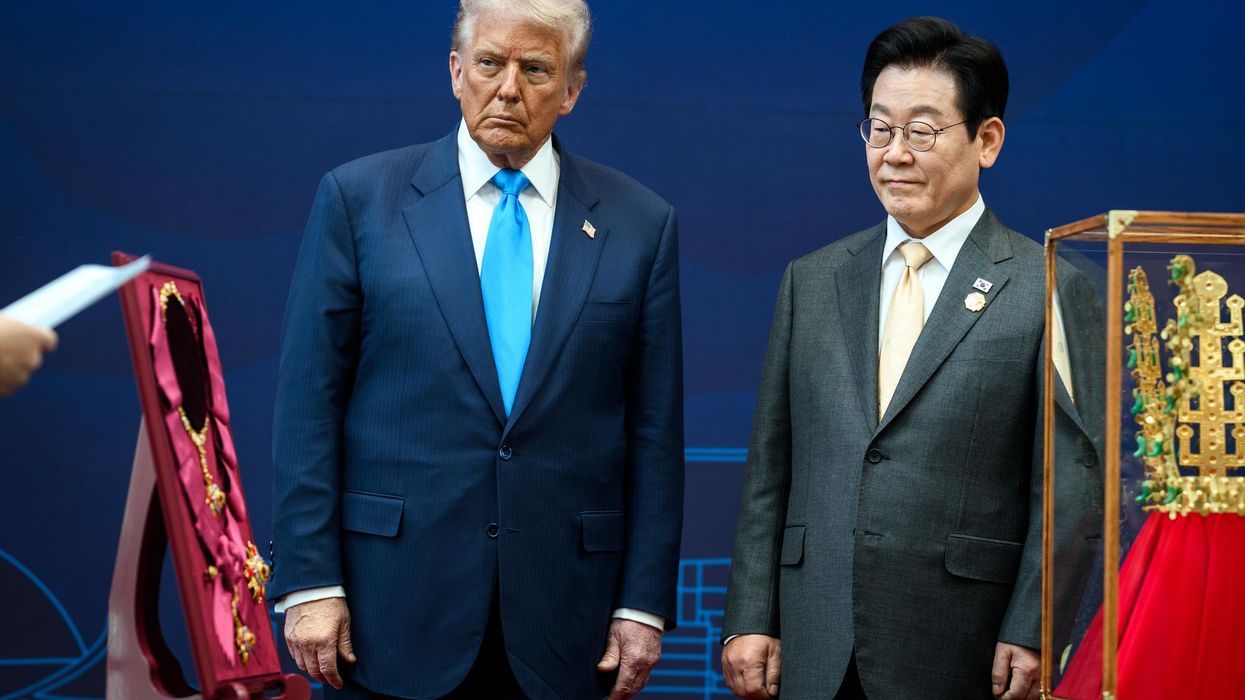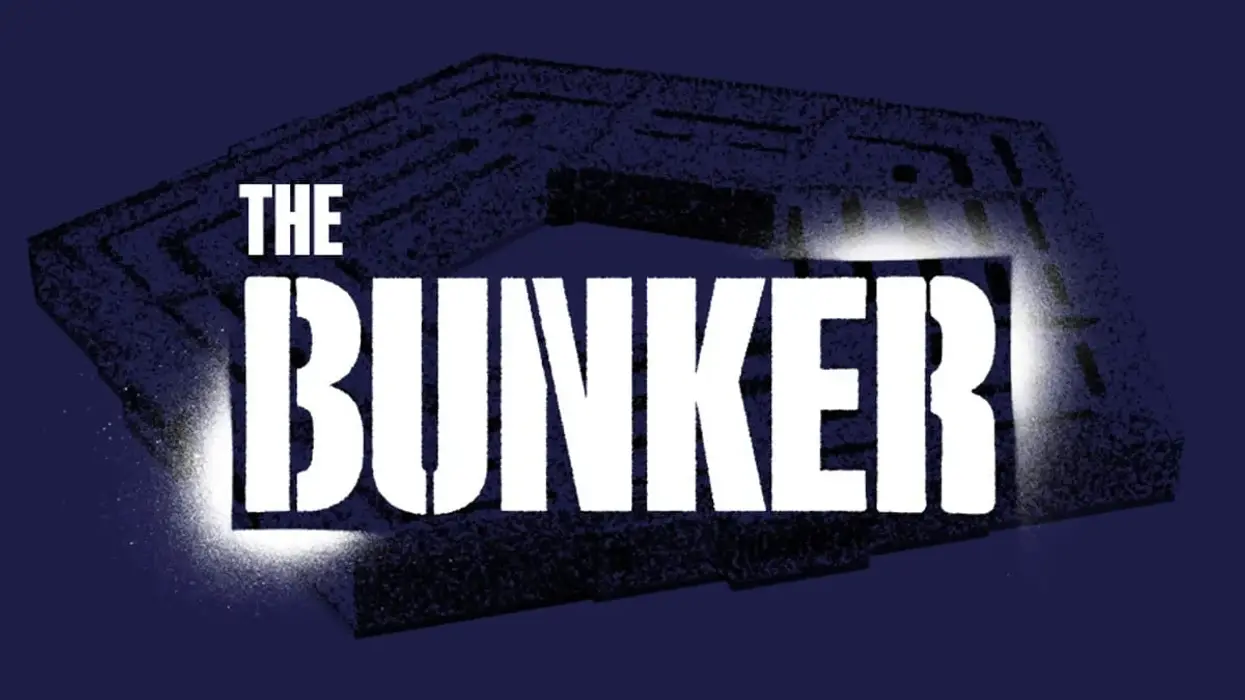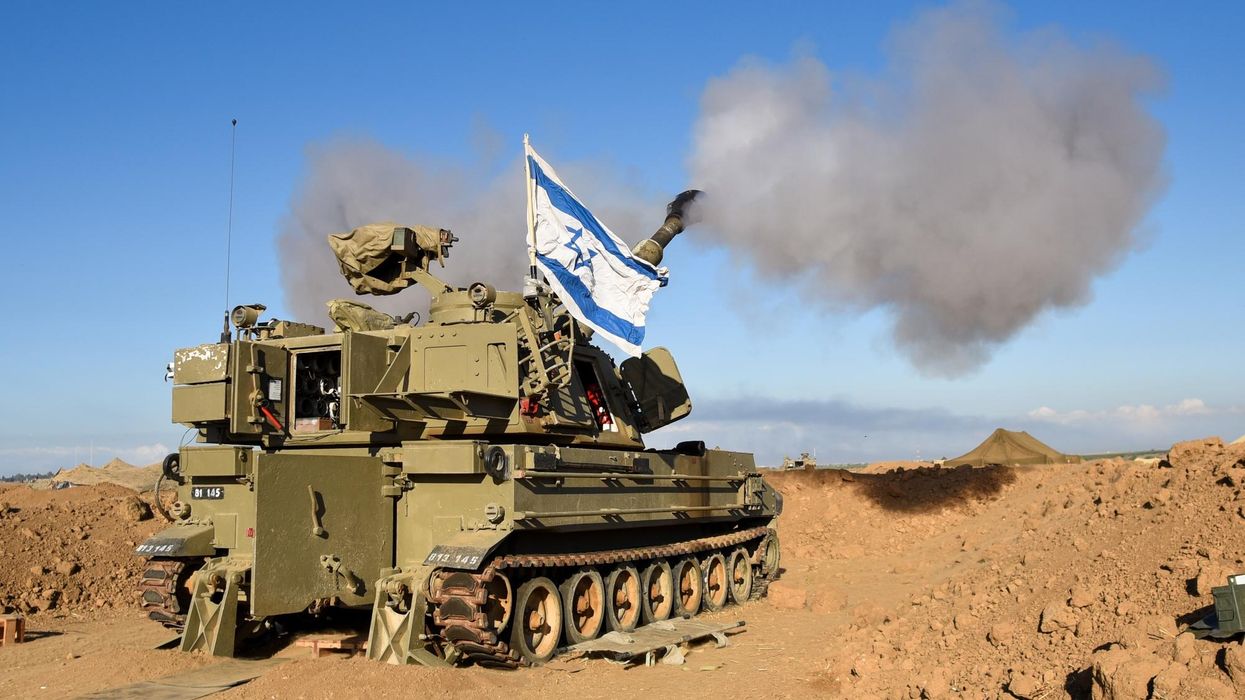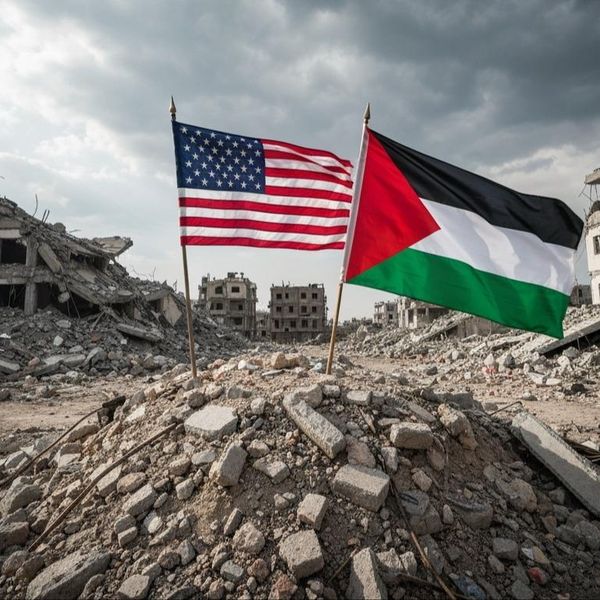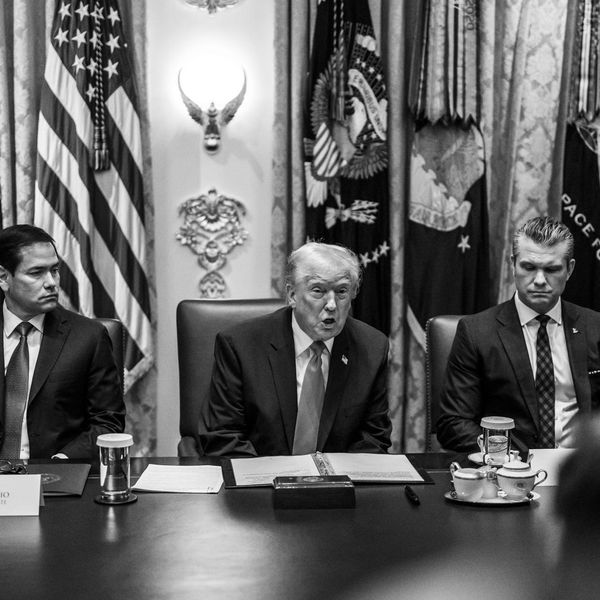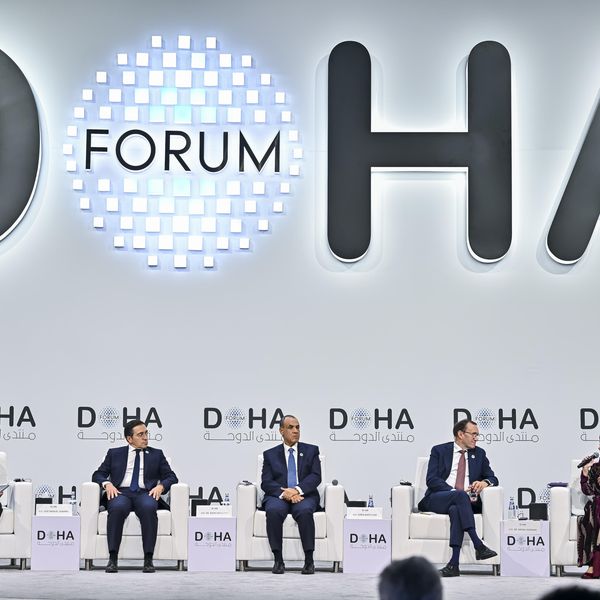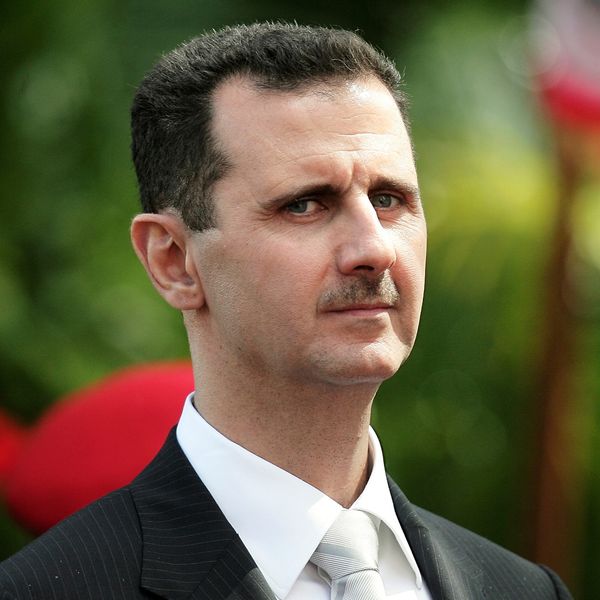Like much of the world, Iran is also engulfed by the deadly outbreak of the novel coronavirus. Thus far, 4,232 people have died and more than 60,000 Iranians have contracted the virus. The country is the epicenter of the disease in the Middle East.
Aside from its health impacts, the noxious pandemic has had a clear message for the Iranian leadership: Iran needs viable international partnerships, and to alleviate adversities of this magnitude, it has to disentangle itself from isolation and be part of the international community.
Evidently, there are ultra-conservatives and hardliners in Iran, whose vision for the future of Iran is the establishment of an “Islamic North Korea,” bereft of any resemblance to a “republic,” surrounded by ideological barriers that separate it from the outside world, inhabited by people who ought to pay homage to their rulers every morning they wake up, instead of having leaders who are there to serve them.
These megalomaniacs are enthusiastic to fulfill that inauspicious musing, and on different occasions in the recent years, have put their ideal mode of governance to trial, for example when the conservative Interior Minister of the moderate President Hassan Rouhani, in collaboration with a number of government agencies, shut down nationwide internet connectivity last November for a total of 10 days to quell the public protests against the 300 percent rise in the price of fuel.
However, an assortment of factors, including Iran’s history, culture, the anthropological and social traits of its people, its economy, and its strategic position in the Middle East block it from turning into another North Korea, even though it is living through isolation and unspeakable economic predicaments.
That said, the coronavirus pandemic is only one of the challenges which Iran requires assistance from other countries to counter. Owing to its raucous, costly nuclear program, its adventurous regional policies and its unwarranted hostility with the United States and the West, such assistance is not available at the moment.
For the first time sine 1962, Iran has applied to the International Monetary Fund for a $5 billion loan to be able to bankroll its fight against the coronavirus pandemic. It is quite clear that the oil-rich country, unable to sell its crude as a result of the scorching U.S. sanctions, does not have the resources to subsidize the cash-stripped health sector.
Its overseas assets are frozen and the value of its foreign trade, considering the unwillingness of international banks to handle transactions involving Iranian companies and entities, is trivial. Accordingly, the United States will reportedly block the IMF loan.
Add to the financial woes of the Islamic Republic the scourge of government mismanagement. Many critics have accused the government of Hassan Rouhani of mishandling the public health crisis. And there are also allegations of coverup and rumors that the actual number of fatalities and patients infected with the virus is much higher than the official tally.
On March 26, Rouhani’s government, after a long period of inaction and hesitation, decided to impose restrictions on public transportation, intercity trips, working hours of businesses and government offices, schools and universities, public gatherings, parks, gardens and recreation centers. This decision was welcomed by medical experts and pundits who said the measures were good but long overdue. Many experts had urged Rouhani’s government to impose a nationwide lockdown akin to those implemented in Britain, India, Italy, and New Zealand. The government defied the calls, and understandably, the main reason was its inability to foot the bill for those citizens whose enterprises and incomes would be affected by a public quarantine.
In Canada, for example, the Canadian Emergency Response Benefit initiative proposed by Prime Minister Justin Trudeau stipulated that those citizens who will be staying home and are out of work and others affected by the COVID-19 crisis will be eligible for a financial aid of CAN$2,000 monthly for a total of four months.
Obviously, for a troubled, inflationary economy like Iran, such options are totally unthinkable. So, even if there are businesses which sustain losses due to temporary closures or restrictions on their activities, there is almost no way they can be reassured of being compensated.
More disturbing is the fact that President Rouhani has just announced as of April 11, offices and business in all Iranian provinces excluding Tehran will resume their operation, and beginning on April 19, limitations in the megacity of Tehran will also be lifted.
In remarks which were widely criticized by the media, President Rouhani said, “people’s health is the first priority of the country, but employment, production and businesses should also be taken into a consideration in a year named the ‘leap of the production.’”
Perceptibly, President Rouhani is aware of the fact that he is running the country with minuscule resources and an empty treasury. Therefore, to maintain the social distancing plans and even a partial lockdown is tantamount to the government assuming a bigger role in staking the national economy and picking up the tab for the vulnerable families and people most damaged by the pandemic, which appears impossible with the existing budget. So, there will be no exit from the stalemate but to opt for the “unethical” alternative and instruct the normalization of the course of daily life in a totally abnormal situation at the expense of the public health.
The upsetting status quo is an unequivocal invitation for the Iranian leadership to rethink its priorities and contemplate the repercussions of its policies for its people.
Over the past couple of decades, Iran has spent lavishly on its exorbitant nuclear program. The official government narrative is that Iran’s nuclear activities have cost the nation $7 billion. This is while international sources believe the real figure is well over $100 billion, with the construction of the Bushehr reactor being priced at $11 billion alone.
But what has been the actual benefit of this ambitious nuclear enterprise for the people of Iran? Punishing economic sanctions that have decimated the national economy? Becoming a pariah state? Shrinking alliances on the global level?
What about Iran’s regional policies? Have they made Iran more popular in the eyes of the people of Yemen, Syria, Iraq, Lebanon, and Afghanistan?
How about Iran’s erosive tensions with the United States? Has the unbridled fomenting of anti-American rhetoric and sentiments over the course of 40 years made Iran stronger and safer?
Of course, this is not to say Iran should back down in the face of pressure and discard its strategic interests when the world powers frown. The bottom line is that 40 years after the Islamic Revolution, Iran must strike a balance between its ideology and its position in the world, if it wants to be a country, not merely a cause, and this requires embracing pragmatism in foreign policy and prudence at home.
It is difficult to keep struggling for abstract ideals when you are enmeshed by loneliness and have no partners to back you. It is similarly difficult to overcome major challenges when other actors find it reputationally costly to underwrite you.
The coronavirus crisis has underscored the importance of living in the “community” for the Iranian government. As a nation state, Iran has obligations, rights, shared vulnerabilities and strengths in relation to the international community. It can claim its rights and mitigate its vulnerabilities if it honors its obligations and utilizes its capacities to promote good governance practices, both at home and abroad.


